Navratri is not only about devotion and festivity. It is also a celebration of food, with fasting meals often becoming the centrepiece of the season. From crispy kuttu puris to comforting sabudana khichdi, vrat recipes are as indulgent as they are traditional. But while sabudana is a popular choice, it brings little nutrition to the plate. Experts suggest limiting its use and choosing alternatives that can keep energy levels stable while providing essential nutrients. If you want to make your fasting meals healthier this Navratri, there are plenty of wholesome ingredients that can step in.
Also Read: 6 Mistakes That Can Ruin Your Kuttu Ki Poori
Why Sabudana Has Been Popular In Fasting Meals

Sabudana has remained a staple during fasting for generations, and there are reasons behind its popularity:
1. Quick Energy Boost
Sabudana is almost entirely carbohydrate, which delivers instant energy to sustain long fasting hours.
2. Gentle on Digestion
It is light and easy to digest, making it a safe option when meals are simple and limited.
3. Versatile in Cooking
From khichdi and kheer to vadas and papads, sabudana adapts to both sweet and savoury recipes.
4. Tradition and Rituals
For decades, sabudana has been a part of vrat thalis, passed down through family customs and reinforced by its sattvic (pure) nature in Ayurveda.
Why Sabudana Is 'Not-So-Healthy' Option
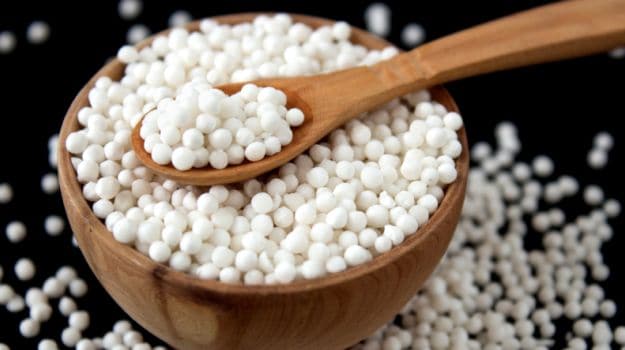
While sabudana offers energy, it is low in overall nutrition. Nutritionist Shweta Panchal explains, “Sabudana is pure starch. It has no fibre, no protein, and no good fats. Eating it spikes blood sugar just as white bread does.” Since it is mainly carbohydrates, sabudana provides short-term energy but leaves the body deprived of essential nutrients. During long fasting periods, this can lead to hunger pangs, fatigue, or overeating later in the day. This is why it makes sense to balance sabudana with healthier alternatives that are both vrat-friendly and nourishing.
6 Healthy Alternatives To Sabudana for Navratri Vrat:
If you are looking for vrat foods that are more than just empty calories, here are six healthy swaps worth trying this season:
1. Samak Rice (Barnyard Millet)
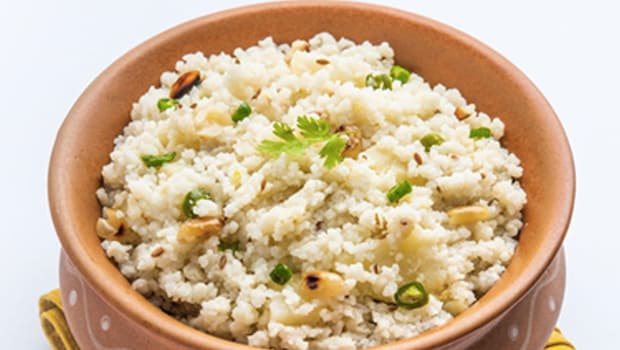
Commonly known as vrat ke chawal, samak rice is an excellent substitute for sabudana. It looks and tastes similar to rice, which makes it perfect for khichdi, pulao, or kheer. A 2022 study highlights its high fibre content, which aids satiety and reduces unnecessary snacking. With added protein and minerals, samak rice is light to digest but far more nourishing than sabudana.
2. Rajgira (Amaranth)
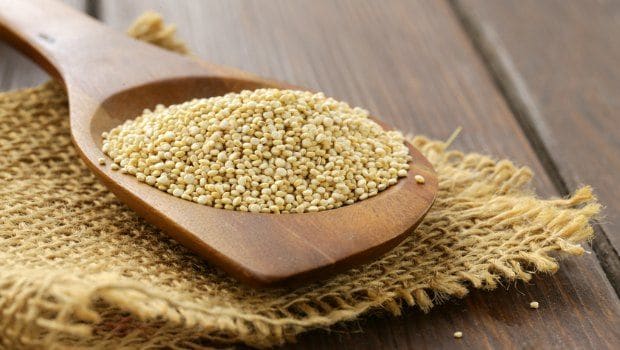
Rajgira, or amaranth, is packed with protein, calcium, and fibre. Nutritionist Panchal suggests using rajgira flour for rotis or parathas, or cooking the whole seeds into porridge. A 2012 study also underlines its antioxidants and amino acids, which support gradual energy release. With its earthy flavour, rajgira works well in both sweet and savoury vrat recipes, making it one of the most versatile swaps.
3. Singhara Atta (Water Chestnut Flour)
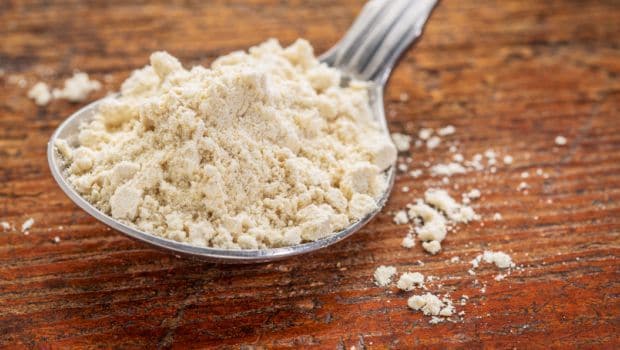
Singhara atta is naturally gluten-free and nutrient-rich. A 2023 study highlights its potassium and magnesium content, which help maintain hydration and heart health. Unlike sabudana, singhara atta provides slow-releasing carbohydrates, which prevent blood sugar spikes. It can be turned into rotis, pakoras, or halwa, giving you variety without compromising nutrition.
4. Kuttu Ka Atta (Buckwheat Flour)
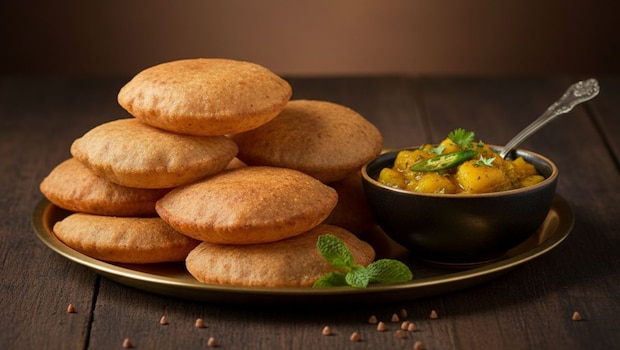
Kuttu flour is one of the most widely used fasting flours, and with good reason. A 2022 study points to its protein, fibre, and antioxidant properties, especially rutin, which supports circulation. Kuttu dishes such as puris, cheelas, and rotis keep you full for longer and stabilise energy levels. Compared to sabudana, which may leave you hungry again quickly, kuttu is a far more balanced choice.
5. Sweet Potato
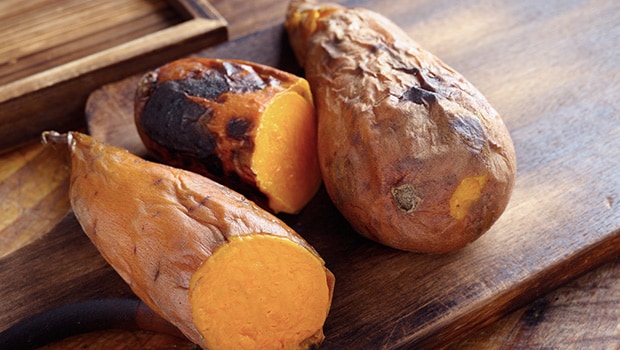
Sweet potatoes are an excellent option if you are craving something filling yet nutritious. A 2022 study shows they are rich in complex carbs, fibre, and vitamin A, which supports immunity. They can be enjoyed as tangy chaats, roasted slices, or tikkis. Unlike sabudana, sweet potatoes deliver vitamins and minerals alongside energy, making them a satisfying addition to your vrat plate.
6. Makhana (Fox Nuts)
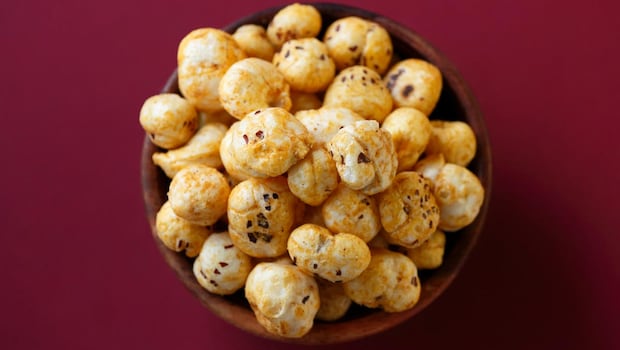
Makhana is often eaten as a snack during fasting but can also take sabudana's place in main meals. They are low in calories yet provide protein, magnesium, and fibre. Roasted makhanas make a light snack, while soaked and cooked ones can be added to kheer or curry. Their slow energy release and easy digestibility make them a smarter option compared to sabudana.
Expert Advice on Building a Balanced Navratri Plate
According to the experts, “Fasting is not about depriving the body but about giving it easily digestible and pure foods. The trick is to combine fibre, protein, and complex carbs so that you feel energised and avoid overeating.” Instead of relying heavily on sabudana, nutritionists recommend mixing ingredients like rajgira, samak rice, and makhana to ensure balance. Adding dairy products, nuts, and fruits alongside these alternatives creates a more rounded and nourishing fasting meal.
Also Read: 6 Quick And Easy Snack Recipes You Can Prepare This Navratri Season
Easy Navratri Recipes With Healthy Ingredients

To make the most of these swaps, here are some simple vrat recipe ideas:
Samak Rice Pulao or Kheer – Light, easy to digest, and filling.
Rajgira Rotis with Curd – Protein-packed and flavourful.
Singhara Halwa – A festive sweet that also keeps you energised.
Kuttu Cheelas – Savoury pancakes served with yoghurt.
Sweet Potato Chaat – Tangy, filling, and packed with fibre.
Makhana Kheer – Creamy, light, and satisfying.
How to Include These Alternatives in Your Navratri Thali
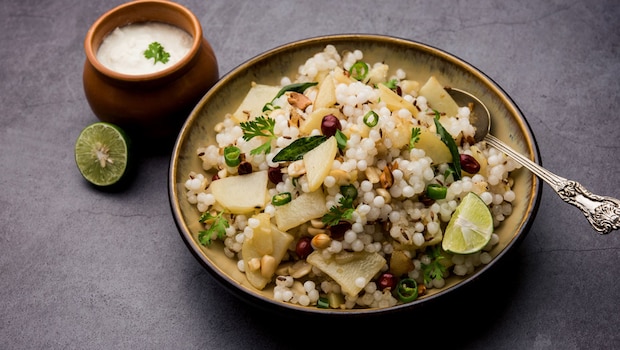
Here is how you can put these ingredients into practice:
Samak Rice: Swap sabudana khichdi for samak pulao or kheer.
Rajgira: Use rajgira flour for rotis or porridge.
Singhara Atta: Prepare rotis, cheelas, or halwa.
Kuttu Atta: Cook puris or savoury cheelas for a wholesome meal.
Sweet Potato: Roast with rock salt, turn into tikkis, or prepare a chaat.
Makhana: Roast as a snack or simmer in milk for kheer.
This Navratri, replacing sabudana with healthier alternatives does not mean compromising on taste. These ingredients are nourishing, filling, and vrat-approved, ensuring your fasting meals strike the right balance between tradition and nutrition.
Disclaimer: This content including advice provides generic information only. It is in no way a substitute for qualified medical opinion. Always consult a specialist or your doctor for more information. NDTV does not claim responsibility for this information.
About Nikita NikhilMeet Nikita, a passionate soul with an insatiable love for two things in life: Bollywood and food! When she's not indulging in binge-watching sessions, Nikita can be found behind the lens capturing moments or expressing her creativity through painting.






